Carbon market policy: New points businesses need to pay attention to
As one of the two guests of the final discussion in the series “Talk GreenBiz - Green Growth Compass” co-organized by the Fund for Green Future and Dan Tri newspaper, Dr. Nguyen Sy Linh - Head of the Climate Change Department, Institute of Strategy and Policy on Agriculture and Environment, Ministry of Agriculture and Environment shared specifically about the process of forming a carbon market in Vietnam with a clearer policy picture, although there are still many points that need to be further improved.
According to Dr. Linh, the legal framework for the carbon market has been built on the basis of the 2008 climate change policy, the 2011 strategy and especially the 2020 Law on Environmental Protection. In particular, Article 139 is the most important basis for regulating the organization and development of the carbon market.
Decrees 06 and 119, issued in 2022 and 2025, continue to detail how quotas are allocated, who must conduct greenhouse gas inventories, the auction mechanism from 2029, as well as regulations on using credits to offset up to 30% of excess emissions.
In addition, the Government 's Project 232 aims to operate the carbon market in three phases, from legal completion to testing and official operation after 2029.
However, Dr. Nguyen Sy Linh assessed that the carbon market still faces many bottlenecks on both the seller and buyer sides. These gaps make it difficult for businesses to calculate compliance costs, develop strategies or seek commercial opportunities.
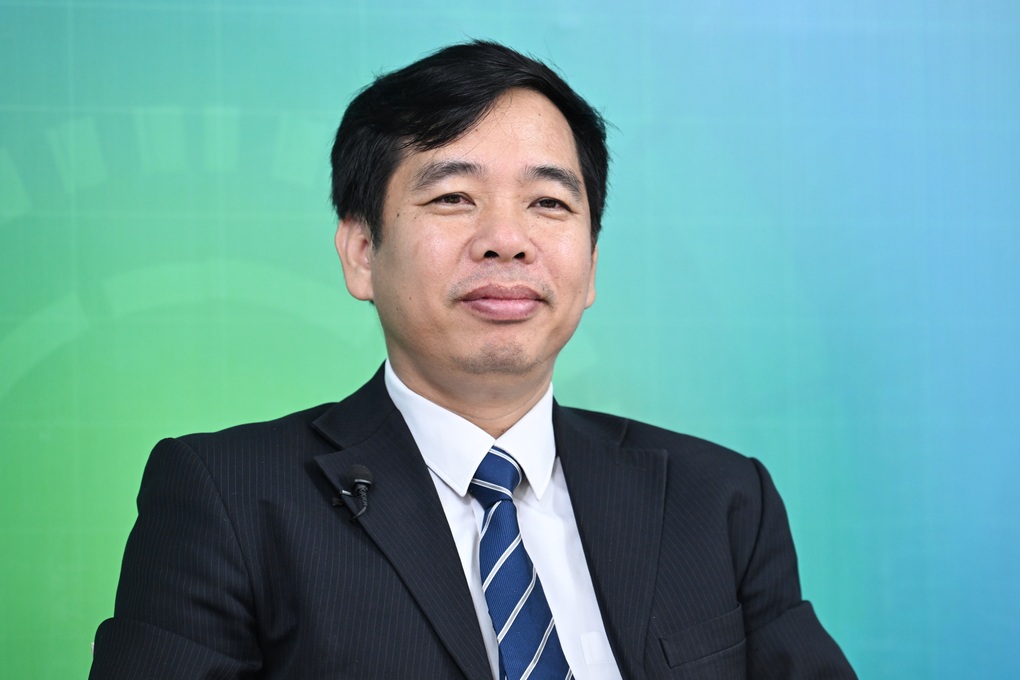
He assessed the 30% offset rate under Decree 119 as an important new point, opening up great opportunities for carbon credit providers to participate in the compliance market.
Referring to previous models, Dr. Linh said that Vietnam can flexibly adjust depending on the context, from pricing policies to support mechanisms, because these markets all started from a pilot phase with a limited scale and then expanded comprehensively.
From a broader perspective, Dr. Linh said the link between climate policy, green finance and sustainable development is increasingly tight. Climate change, from an environmental issue, has now become an economic and trade story. Policies such as the EU’s CBAM are a clear example: businesses that want to export must meet emission reduction requirements or face additional costs.
Therefore, according to him, to access green finance and maintain competitiveness, Vietnamese enterprises need to adjust their production models, reduce emissions and energy consumption. At the same time, grasping green trade trends and international market requirements will determine the ability to develop sustainably in the long term.
Readiness of Vietnamese enterprises in the voluntary carbon market
Focusing on the voluntary carbon market, Dr. Nguyen Phuong Nam - Founder and General Director of KLINOVA Climate Innovation Consulting and Services Company - provided a practical perspective on the barriers, opportunities and level of preparation of Vietnamese enterprises when entering the carbon credit market, through the presentation "Voluntary carbon credit market in Vietnam".
According to him, this is a field with clear economic potential but requires long-term understanding, investment and operation, along with a strict international standards system.
Unlike the compulsory market, the voluntary market operates according to the supply and demand mechanism and the price is agreed upon by the parties on the trading floors operated by independent organizations. This creates a flexible space for businesses to participate, although the operating mechanism is more complicated and requires strict compliance with international standards.
Regarding benefits, Dr. Nam assessed that the carbon credit market opens up many values, from economic to reputation and the ability to mobilize green capital. Although carbon credits are only “added benefits”, credit-generating projects, if properly built, still bring a stable profit stream.
Enterprises participating in green transformation projects not only strengthen their brand reputation but also meet the increasingly stringent requirements of international investors - those willing to invest in projects to reduce GHG emissions.
Another advantage of the voluntary market is that it allows businesses to quickly access sustainability standards, improve competitiveness in export markets and optimize costs thanks to emission reduction solutions.

The process of forming carbon credits, according to Mr. Nam, includes 5 steps from registration, appraisal, monitoring to certification and can last up to two years.
Whether a project can generate credits or not depends entirely on the actual performance, rather than just on the initial design. This is the reason why many projects, despite being successfully registered, cannot reach the credit generation stage because they do not meet the requirements for continuous inspection.
Regarding the readiness of Vietnamese enterprises, Mr. Nam assessed that the picture is quite diverse. A group of pioneering enterprises – mainly in the global supply chain – have proactively learned early and started integrating emission reduction targets into their development strategies.
However, most small and medium-sized enterprises have only approached this concept in recent years, when the Law on Environmental Protection first recognized the carbon market and after Vietnam's Net Zero 2050 commitment at COP26.
However, the green transition is now more widely seen as an opportunity to restructure business models towards modern, low-emissions, enhanced competitiveness and improved access to international markets.
In his consulting practice at KLINOVA Company, Dr. Nam said that the process of implementing carbon credit projects always requires perseverance, large investments and long-term vision. Mr. Nam emphasized that there have been many cases of failure when businesses lack the resources to maintain regular measurement, monitoring and appraisal – a mandatory step to be granted credit.
Therefore, businesses that want to participate in the carbon market need to understand the nature, prepare enough resources and plan long-term strategies. According to him, that is also the only way for Vietnamese businesses to turn carbon credits into new financial opportunities, increase product value and accelerate in the international market.
Long-term strategy is key to success in carbon markets
According to Dr. Nguyen Sy Linh, international experience shows that for the carbon market to operate effectively and transparently, there needs to be synchronous coordination between state management agencies, enterprises and financial institutions.
Dr. Linh also emphasized the role of the measurement, reporting, and verification (MRV) system in establishing carbon credits, monitoring emission reductions, and creating a basis for market adjustment when shifting from free allocation to auction.
Dr. Nam added that credit quality, transparency and buyer confidence are the core factors for sustainable market development. Experience from Korea and the EU also shows that maintaining a financial fund to stabilize credit prices and quotas helps stabilize the market against fluctuations, while promoting the participation of many organizations and financial institutions.
In Vietnam, the carbon market is still taking shape, but the potential for a large ecosystem, from brokerage to business support services, is clear. Dr. Nam said that businesses need to understand technical standards to create quality credits, integrating them into long-term business strategies.
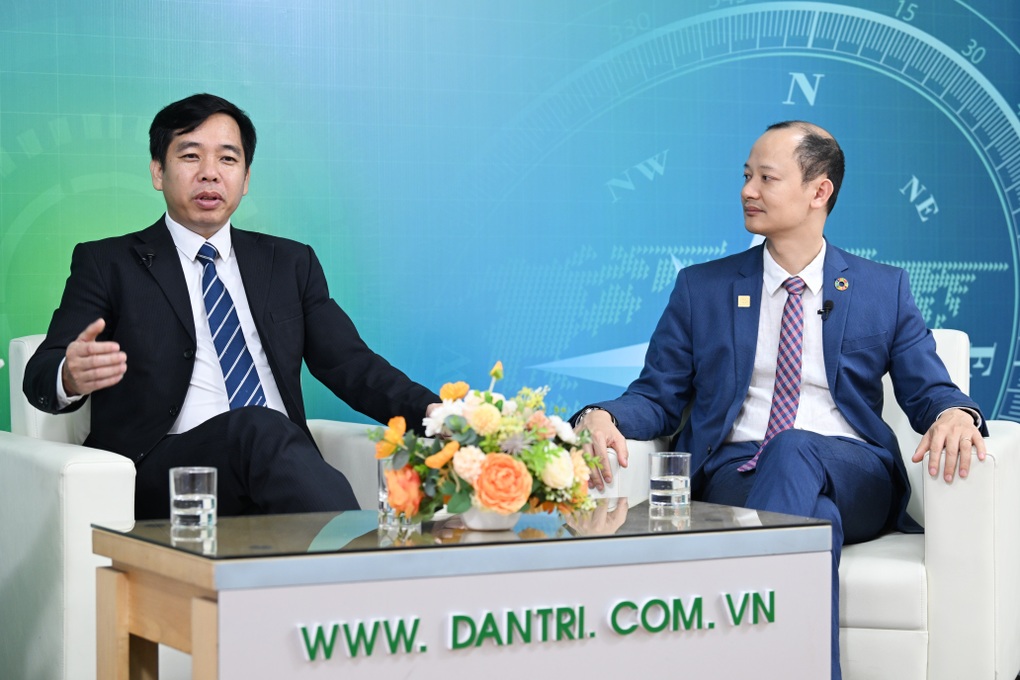
Through green transformation initiatives implemented by KLINOVA, Vietnamese businesses are supported to both generate sustainable carbon credits, build predictable revenue streams and standardize production habits.
When the compliance market is connected to the international market, Vietnamese enterprises have the opportunity to expand their products, participate in the global supply chain and create competitive advantages.
Concluding the series of seminars, the two guest experts affirmed that innovation, proactively seeking information, and long-term strategic planning are the keys for businesses to create economic value, protect the environment, and promote sustainable development.
“Receiving results from the green transformation and making profits from carbon credits are worthy sweet fruits for businesses to always be aware of environmental protection and move towards sustainability,” Dr. Nam shared.
The Green Future Fund, established by Vingroup on July 7, 2023, has the mission of contributing to the Government's goal of reducing net emissions to "0" by 2050.
The Fund promotes green journeys in daily life, raises public awareness and calls on each individual to take action today to protect the environment for future generations.
The Fund’s large-scale community activities include the “Green Wednesday” campaign with a series of incentive programs from member companies and affiliates of Vingroup Corporation for millions of customers to encourage green lifestyles.
The campaign “Acting together for the blue ocean” mobilized about 10,000 Vingroup officials and volunteers to collect and clean up beaches and estuaries in response to World Oceans Day 2025.
The "Accompanying Green Summer" 2025 campaign with the participation of the Youth Union of 33 agencies, institutes and schools will implement nearly 30 projects in 14 provinces and cities across the country with about 81,000 beneficiaries.
The contests “Green Voice” and “Sending a Green Future 2050” for students from primary to high school attracted nearly 20,000 contestants, spreading to hundreds of schools in 33/34 provinces and cities across the country...
Source: https://dantri.com.vn/kinh-doanh/chuyen-doi-xanh-va-tin-chi-carbon-se-tao-ra-qua-ngot-xung-dang-cho-doanh-nghiep-20251119141730340.htm


![[Photo] The Standing Committee of the Organizing Subcommittee serving the 14th National Party Congress meets on information and propaganda work for the Congress.](https://vphoto.vietnam.vn/thumb/1200x675/vietnam/resource/IMAGE/2025/11/19/1763531906775_tieu-ban-phuc-vu-dh-19-11-9302-614-jpg.webp)









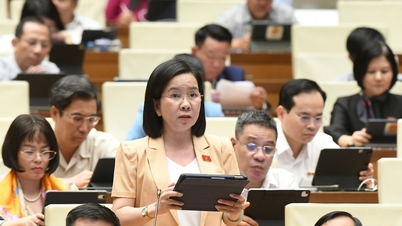

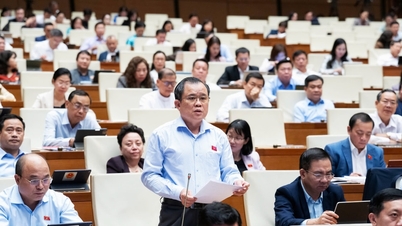


















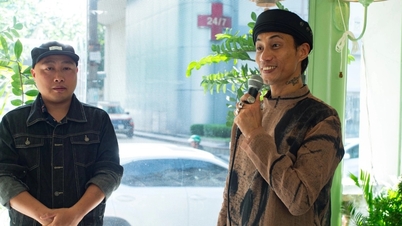

![[Photo] Prime Minister Pham Minh Chinh and his wife meet the Vietnamese community in Algeria](https://vphoto.vietnam.vn/thumb/1200x675/vietnam/resource/IMAGE/2025/11/19/1763510299099_1763510015166-jpg.webp)
![[Photo] General Secretary To Lam receives Slovakian Deputy Prime Minister and Minister of Defense Robert Kalinak](https://vphoto.vietnam.vn/thumb/1200x675/vietnam/resource/IMAGE/2025/11/18/1763467091441_a1-bnd-8261-6981-jpg.webp)












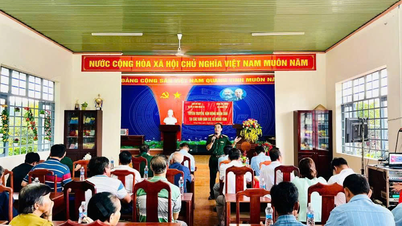









































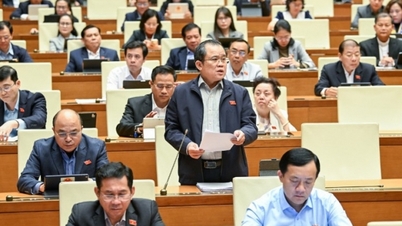

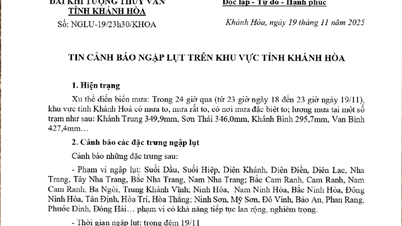
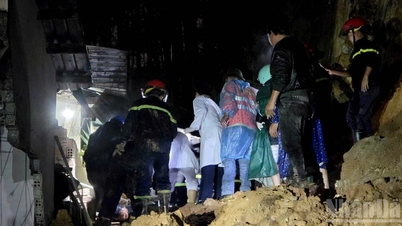


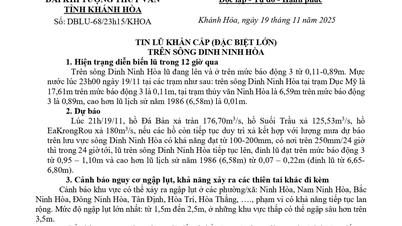














Comment (0)